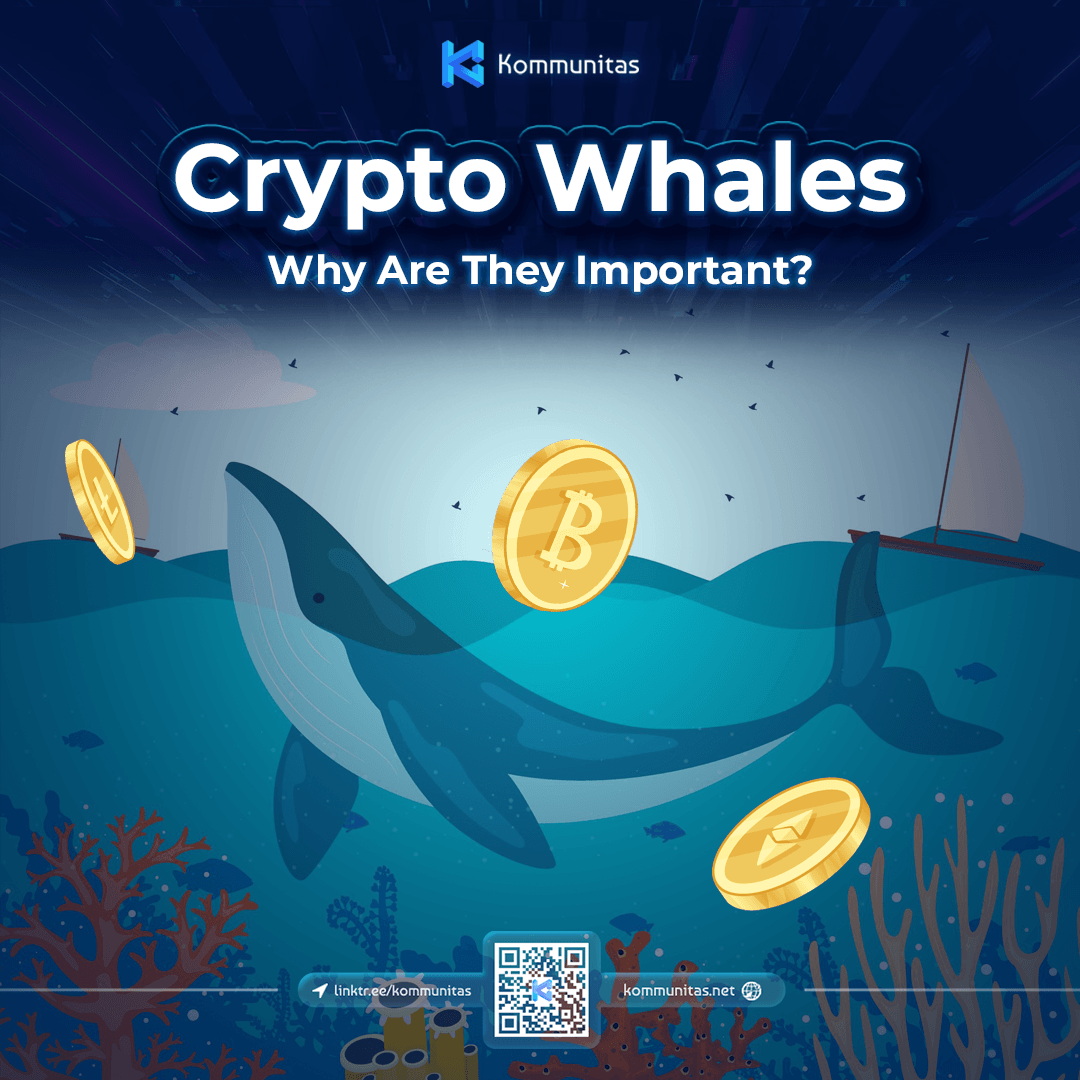


As cryptocurrency markets experience a correction, multiple "whales" (individuals or entities with large amounts of cryptocurrency) have been selling large amounts of Ethereum (ETH), contributing to the downward pressure. Blockchain tracking firm Lookonchain has identified several instances of this panic-selling, with whales taking losses in order to avoid long withdrawal processes or repay debts. This trend highlights the impact that a few individual investors can have on the entire digital asset market.
Ethereum Whales Sell Amid Market Correction, Contributing to Downward Pressure
The cryptocurrency markets have been experiencing a significant correction in recent weeks, with Ethereum (ETH) being one of the hardest-hit assets. A key factor contributing to the sell-off has been the panic-selling by multiple "whales" (individuals or entities with large amounts of cryptocurrency).
Blockchain tracking firm Lookonchain has identified several instances of whales selling large amounts of ETH, taking losses in order to avoid long withdrawal processes or repay debts. In one case, a whale holding 10,000 ETH (worth around $16 million) sold their entire stash within a matter of hours, incurring a loss of over $1 million.
Background
Ethereum is the second-largest cryptocurrency by market capitalization, and it is home to a vast ecosystem of decentralized applications (dApps). In recent months, the price of ETH has been on a rollercoaster ride, reaching an all-time high of over $4,800 in November 2021 before crashing to below $1,500 in June 2022.
During previous market corrections, whales have often played a role in exacerbating the sell-off. In January 2018, for example, a single whale sold 30,000 ETH (worth around $20 million at the time), triggering a sharp drop in the price of ETH.
Top 5 FAQs
Whales are selling ETH for a variety of reasons. Some are taking profits after the recent bull run. Others are trying to avoid long withdrawal processes or repay debts.
Whales can have a significant impact on the market, especially during periods of high volatility. When whales sell large amounts of an asset, it can create a downward pressure on the price.
Investors should be aware of the risks associated with investing in cryptocurrencies and should only invest what they are willing to lose. They should also diversify their portfolio and avoid putting all of their eggs in one basket.
The future of ETH is uncertain. However, the long-term fundamentals for ETH remain strong. Ethereum is a leading platform for dApps, and it is likely to continue to play a major role in the future of Web3.
During the 2018 market correction, some whales sold their ETH holdings, while others held onto their positions. The price of ETH eventually recovered, and those who held their ETH were rewarded.
Conclusion
The recent panic-selling by Ethereum whales is a reminder of the volatility and risks associated with investing in cryptocurrencies. However, it is also important to remember that the long-term fundamentals for ETH remain strong. Investors should do their own research and make their own investment decisions.

BR and Bar & Bench have joined forces to introduce India's pioneering Generative Artificial Intelligence (Gen AI) programme for legal professionals. Renowned economist David Deming highlights the increasing role of AI in routine lawyer tasks, making it essential for lawyers to acquire AI skills for future success. The highly in-demand skills can enhance precision, speed, and strategy for Indian lawyers, with over 25 AI tools at their disposal. With the 3rd batch starting soon, only limited seats are available for this exclusive 3-month programme, including live sessions and access to session recordings. Secure your seat now to stay ahead in the rapidly changing legal world.

Amid struggles in ratings and ad dollars, CBS News' parent corporation, Paramount Global, announced layoffs and programming changes in an effort to cut costs. The changes include the cancellation of two companion programs and the scaling back of a unit focused on race and culture coverage. The company also plans to have weekday producers take over the operations of the Saturday morning broadcast.

In response to the rising demand for air travel, India's aviation regulator DGCA is introducing revised regulations for wet-leasing of aircraft by domestic airlines. The move aims to provide better oversight and facilitate smoother functioning for carriers managing leased fleets. With airlines facing delays in aircraft deliveries due to supply chain challenges, wet-leasing has become a popular option, but the current regulations have limitations. Through consultations with stakeholders, DGCA is making changes to address these limitations and support the growth of the aviation sector.

In 2025, Bonk, Inc. underwent a major transformation, clearing its debt and establishing new, high-margin revenue streams. As a result, the company is projecting 100% year-over-year revenue growth in 2026, with contributions from its digital asset platform, BONK.fun, and profitable beverage division, Yerbaé. Bonk, Inc. also sees potential for exponential growth due to favorable legislation and a clearer regulatory framework, which could unlock institutional demand and increase transaction velocity in the digital asset sector. These factors, along with the company's planned IPO, make for a bright future for Bonk, Inc.

Silver prices on the MCX have skyrocketed for the third consecutive session, with futures hitting a lifetime high of Rs 1,94,000 per kg. The US Federal Reserve's recent rate cut and strong global cues have contributed to renewed bullishness in the market. In 2025 alone, silver has seen a remarkable increase of 122.07 per cent, indicating a strong rally for the precious metal. As for gold, it has also seen an uptick, rising to Rs 1,30,641 per 10 grams on MCX. Analysts attribute silver's surge to high industrial demand and tightening global supply conditions.

Mutual Funds are a popular form of investment and the Nippon India Large Cap Fund has just crossed the Rs 50,000-crore assets under management (AUM) mark. Despite the recent market rally and festive season, equity mutual funds have seen lower inflows, but large-cap funds have still managed to perform well. With the stability and resilience of large-cap companies and consistent returns over the long term, experts say that large-cap mutual funds are a safe choice for investors looking to grow their wealth. This fund follows the philosophy of investing over indexing, utilizing Nippon's extensive research and diversifying investments across multiple companies and sectors.

India's Light Combat Aircraft (LCA) Tejas, a 4.5-generation fighter jet designed for the Indian Air Force, is making headlines in the business world with its advanced features and impressive performance. As the smallest and lightest aircraft in its class, the Tejas utilizes composite structures for enhanced manoeuvrability and efficiency. Protocols like an in-flight refuelling probe and an open-architecture mission computer make it a versatile weapon in modern warfare. With its cutting edge technology and proven reliability, Tejas is cementing its position as a game-changing fighter jet in the aerospace industry.

In a move to make borrowing cheaper for Americans, the Federal Reserve cut its influential interest rate by a quarter point, making it the third cut this year. However, this decision comes with the risk of stoking inflation, which has yet to fall to the Fed's preferred levels. Chairman Jerome Powell stated that the decision was made due to a gradually cooling labor market, but emphasized the Fed's obligation to prevent any one-time increase in prices from turning into an ongoing inflation issue.

The Federal Reserve announced its final rate decision of 2020, cutting its key lending rate by 25 basis points in line with market expectations. The US central bank also revealed its latest outlook, indicating one rate cut in each of the upcoming years. The decision was closely watched, as policymakers weigh the need for growth support against the risk of inflation. Despite initial caution, US stocks rose after the Fed's announcement. Fed Chair Jerome Powell stated that the economy is seeing moderate growth, but inflation remains at elevated levels.

Prime Minister Narendra Modi's campaign to help Indians reclaim their unclaimed funds has brought back approximately Rs 2000 crore to its rightful owners, with efforts to reach even remote areas through facilitation camps and web portals. The campaign, launched in October 2025, has revealed that approximately Rs 78,000 crore is lying untouched in bank accounts, Rs 14,000 crore with insurance companies, Rs 3,000 crore in mutual funds, and Rs 9,000 crore in unclaimed dividends. PM Modi appeals to the public to check the portals for any unclaimed funds, which could bring significant changes to countless lives in the country.